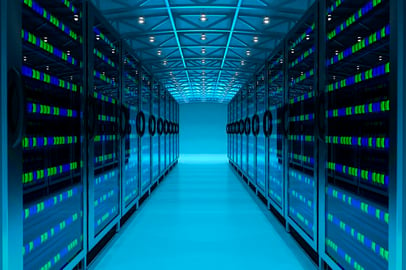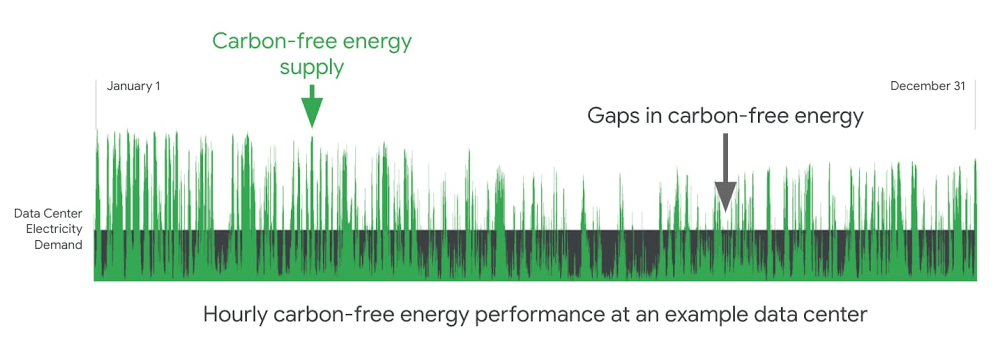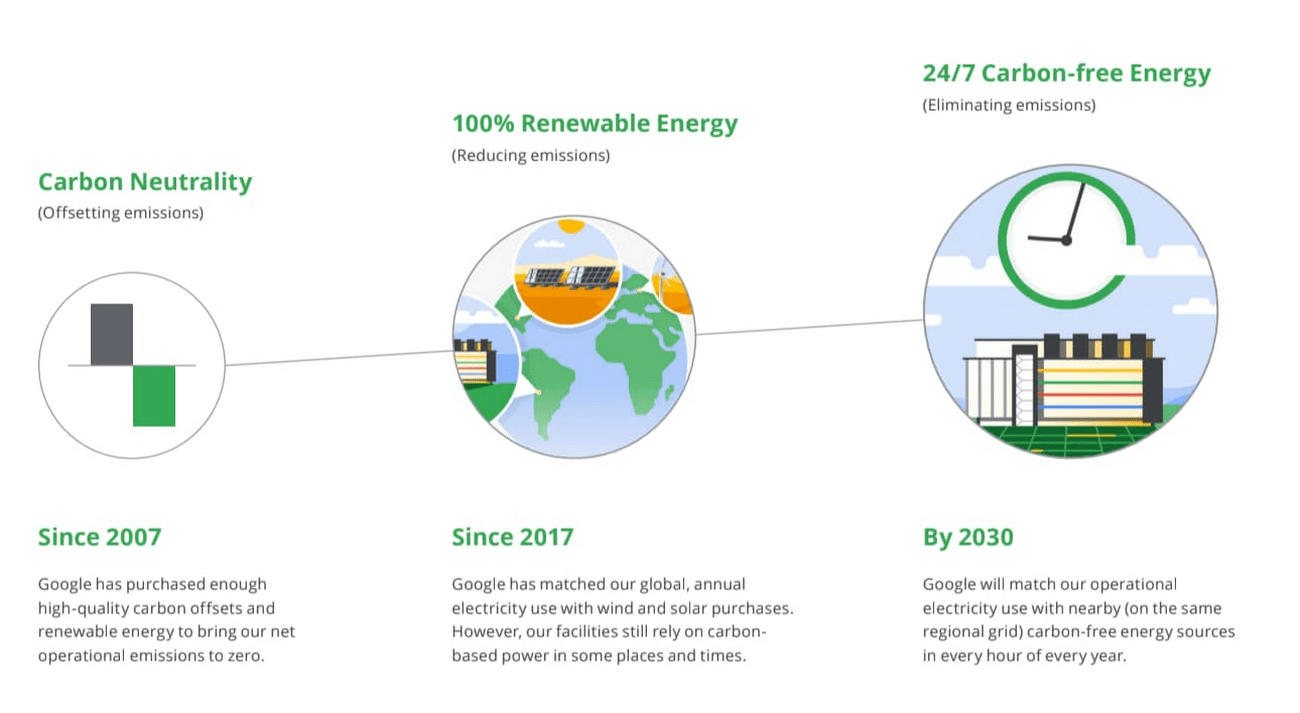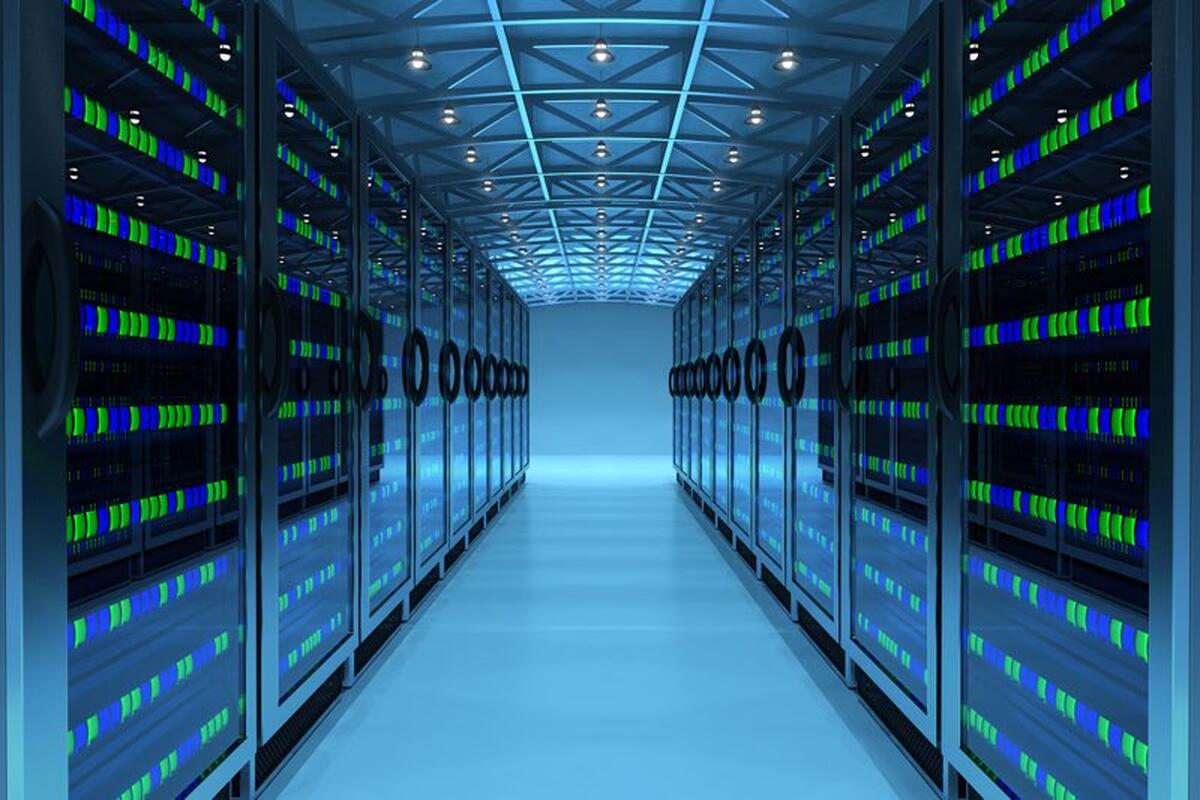We often overlook where our Google data winds up being stored after we close our Gmail tab because our information is simply stored …in a cloud?
For those who are unfamiliar, the data that we add to the internet is stored in large-scale data centers that centralize an organization’s IT operations and equipment with the purpose of computing, storing, and processing data applications (Paolo Alto Networks). Data centers consume approximately 1% of the world’s electricity usage, equating to approximately 73 billion kWh of electricity in 2020 (Berkeley Lab Energy Technologies Area).
As humans expand their global internet usage and become more reliant on cloud services, internet companies will need to figure out how to keep up with the electricity demand from the expansion of these storage facilities.

Google has been thinking about this since 2007.
Google became the first major company to make their operations carbon neutral by sourcing clean energy to power their entire operations, specifically focusing on powering their data centers.
By 2017, their data centers used 50% less energy than average data center usage and had purchased 2.6 GW of renewable energy from wind and solar farms to match their electricity consumption (10 Years of Carbon Neutrality, 2017).
By 2020, Google Cloud became the only cloud provider to have accumulated enough renewable energy to cover its entire operations and overall has purchased more wind and solar than any corporation in history (SVP Technical Infrastructure, 2020). Similar to grid-connected solar and wind power systems, the days in which Google generates too much power from their systems, the electricity is sent back into the local grid system. However, for the days in which their systems do not generate enough electricity, they draw power from the local grid, and this power has most likely not been generated from renewable energy (depending on the data center or Google infrastructure location's electricity sources). Google has been transparent about this and is actively working to invest in enough battery storage to mitigate their grid reliance.

This is an issue that companies who pledge to be carbon-neutral will continue to run into, as the battery storage of renewables operates very differently than the load-following systems of abundant electricity sources like natural gas. Until the majority of electricity sources contributing to the grid are renewables, companies who have renewable power systems connected to the local grid will continue to be somewhat-reliant on carbon sources. However, I like to optimistically think that the days in which they supply excess renewable generated power are able to offset those that they need to draw from carbon sourced power.
Google continues to set ambitious energy goals, including to run their business operations on completely carbon-free energy sources by 2030, specifically to always have this clean energy stored to meet the demands of their data centers and mitigate their reliance on the grid. They have also adopted a system that will, “shift flexible computing tasks to times when power on the grid is the cleanest, while in Nevada we’ve proposed one of the world’s largest solar-plus-storage projects,” (SVP Technical Infrastructure, 2020).

Their goals, both pledged and when met, will set precedents for other cloud services to follow while demonstrating that a carbon-free economy is feasible. It will make their operations transparent to consumers to measure their emissions impact while using Google Cloud services and will provide feasible strategies for other companies to run on carbon-free energy and achieve their own sustainable or ESG-related goals.
Sources:
- https://cloud.google.com/blog/topics/inside-google-cloud/announcing-round-the-clock-clean-energy-for-cloud
- https://www.paloaltonetworks.com/cyberpedia/what-is-a-data-center




